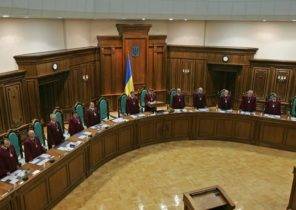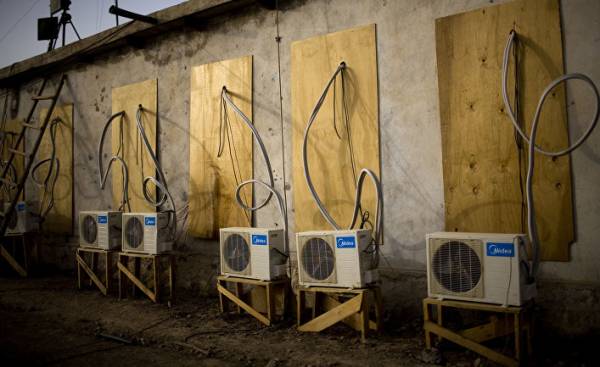
Imagine that we have learned to control the weather: press the button and raises or lowers the temperature, and the air becomes more dry or wet.
The consequences of such revolutionary discoveries cannot be overemphasized. No droughts, no floods, no sweltering heat or icy conditions. Desert into flowering gardens. The failure of a crop over forever.
Climate change of the recent time generated a flurry of ideas on the regulation of the weather: from wpisywania sulfuric acid in the upper atmosphere before dumping quicklime into the ocean.
However, with all our ingenuity, until the weather mankind is still far away. At least outside of the premises.
The invention of air conditioning allowed us to control the weather inside, and the consequences of this invention was far-reaching and often unforeseen.
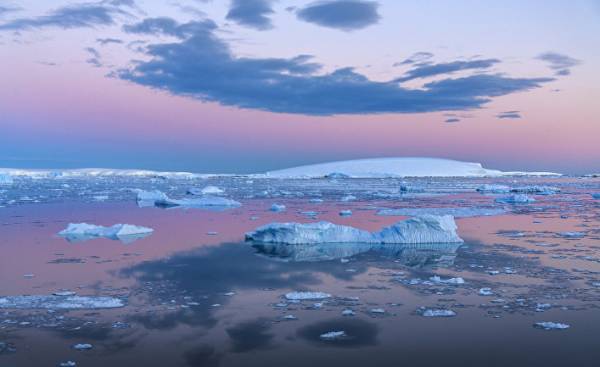 © Fotolia, mrallenМоре Weddell off Antarctica
© Fotolia, mrallenМоре Weddell off Antarctica
The taming of the fire allowed people to heat their homes. Cooling them in the heat was much more challenging.
The eccentric Roman Emperor heliogabal of slaves sent for the snow in the mountains. They constructed from it in the Imperial garden drifts, and the wind carried the cool air in the house.
The problem of moisture
It is clear that this decision was difficult to implement on a larger scale. However, in the nineteenth century, the Boston entrepreneur Frederic Tudor made a fair condition, going about in the same way.
In the winter he was taken from lakes in New England are huge blocks of ice. They were immersed in sawdust, serving as a great insulator, and the ice remained until the summer.
Until not learned to produce ice by artificial means, any mild winter in New England has become a cause for panic in connection with the onset of “ice hunger”.
The air conditioning in its current form began in 1902, but at first, with the convenience of the people it had nothing to do.
New York typography Sackett & Wilhelms experienced huge difficulties in connection with fluctuations in humidity with color printing.
To obtain, say, a four-color imprint every sheet of paper needed to pass through the printing press four times, and if in the printing process, the humidity was varied, and the paper has expanded or contracted. Shift even a millimeter led to a monstrous distortion.
Printers turned to the heating company Buffalo Forge with a request to develop a humidity control system.
A young engineer, Willis carrier realized that if air is flowing over the cooling coil, refrigerated with compressed ammonia, it will maintain a stable humidity of 55%.
Printers were delighted.
Printers turned to the heating company Buffalo Forge with a request to develop a humidity control system
Wide application
Very soon in Buffalo Forge understood that the invention Carrier can be sold to everyone who is having problems with the fluctuations of humidity: from flour production to Gillette, the famous blade which had rusted due to high humidity.
These first industrial users of air conditioners the least worried about the convenience of the workers, it has already become a by-product of the need for production.
However, in 1906, carrier was to explore the possibility of a “comfortable” use of his invention in public buildings such as theatres.
The selection was most successful. Traditionally, the theatres of the room with no Windows, tightly Packed with people and covered in dielektricheskoi the era of gas lamps — for the summer just closed.
For some time the theaters were saved by ice from New England.
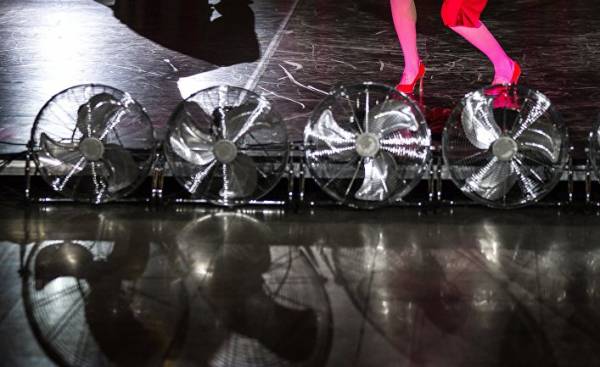 © RIA Novosti, Eugene biyatov | go to photomontage “Night of ballet” in Moscow metro
© RIA Novosti, Eugene biyatov | go to photomontage “Night of ballet” in Moscow metro
In the summer of 1880 the new York theatre “Madison Square” consumed four tons of ice every day: three-meter fan ran air through the ice, and pipes, he came into the auditorium.
Unfortunately, along with the coolness of catching up he humidity. And the extent of pollution of lakes of New England, melting of ice is often and even just a bad groin.
“The weather maker” Willis carrier was much more practical.
The General public first got the opportunity to enjoy the benefits of air conditioning with distribution in the 1920-ies cinemas. The air conditioners were attracted spectators no less than the movies themselves.
Revolutionary technology
A long-standing Hollywood tradition of releasing the kinoblokbasterov in hire in the summer has become the most direct consequence of the invention Carrier. As, however, and the rapid growth of large shopping centres.
Air conditioners, however, is not just a convenience. This is truly a revolutionary technology in the strongest terms have transformed our homes and our way of life.
Computers from overheating or excessive moisture damaged, and therefore work to ensure our access to the Internet server centers without air conditioning impossible. Moreover, even the manufacture of silicon microprocessors without air conditioning it would be very difficult.
No less than a revolution of the conditioned air produced in the architecture.
© East News, Elan FleisherДеловой center Singapore
Previously to achieve coolness in a hot climate the buildings were built with thick walls, high ceilings, balconies, courtyards and Windows to the extent possible, oriented away from the sun.
Popular in the South of the United States house of style “dogtrot” was built with a covered shed but open on both ends of the corridor in the middle of the house, creating the house permanent air flow. Before the invention of air conditioners skyscrapers with floor to ceiling Windows was unthinkable: on the upper floors of these buildings could just be hot.
Air conditioners have changed and the demographics: without them, the growth of cities such as Dubai or Singapore, is simply impossible to imagine.
Thanks to the air conditioning, the proportion of Americans living in so-called “solar belt” — the southern States from Florida to California, grew in the second half of the twentieth century from 28 to 40%.
The migration of retirees from North to South changed the balance of political forces in the region. According to some political analysts, the air conditioning became a major factor in electing Ronald Reagan President.
He came to power in 1980, when America was established, more than half of all existing air conditioning system.
Since then, many emerging economies have caught up to US. Soon the world leader in air conditioners will be China. Over the past 10 years, the number of air conditioned houses in China grew from 10% to 70%.
In countries such as India, Brazil and Indonesia, the growth rate of the market of air conditioners is measured in double digits. And this growth is not visible: 11 of the 30 largest cities in the world located in the tropical zone.
Air conditioner boom has a number of positive consequences.
According to studies, conditioners significantly reduce the level of mortality in heat waves. Heat contributes to irritability and excitability of the prisoners in air-conditioned prisons, violence happens much less frequently.
© flickr.com University of SaskatchewanСтуденты on the exam
At temperatures above 21-22 degrees in the examination rooms, students show significantly lower test results in mathematics.
In offices with air-conditioned labour productivity is much higher: according to one of the produced in the US studies, 24%.
An inconvenient truth
Economist William Nordhaus divides the world into cells: latitude and longitude, climate, and population and economic productivity. According to him, the higher the average temperature, the lower the productivity of its inhabitants.
Temperature above the average negative impact in hot countries and positively in the cold. Peak human performance is necessary for a temperature between 18 and 22 degrees.
But there is an inconvenient truth: the price of lowering the room temperature — its increase out of them.
Held in Phoenix, Arizona research, waste conditioned air improves night temperature in the city by two degrees.
Air conditioning in the result, operate more rapidly, further increasing the air temperature.
In the subway train cooling leads to overheating of the air platforms.
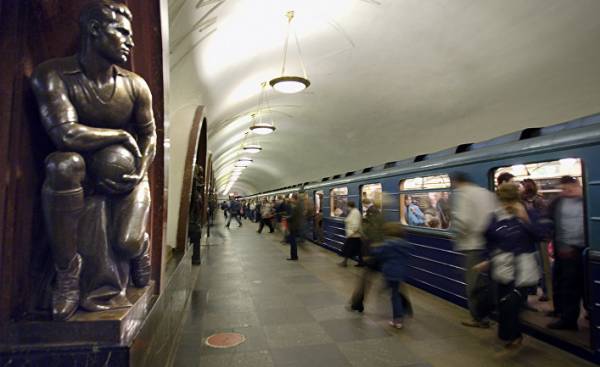 © AP Photo, Alexander ZemlianichenkoСтанция metro station “revolution Square” in Moscow
© AP Photo, Alexander ZemlianichenkoСтанция metro station “revolution Square” in Moscow
We should not forget about electricity, which is air-conditioned. Often it is produced by burning coal or gas. There is also used in air conditioners coolers: they consist, as a rule, from leaking into the atmosphere of greenhouse gases.
Of course, over time the technology of production of air conditioners are becoming more organic.
But the demand for them is growing at such a rapid pace that even the most optimistic forecasts from the year 2050, they will lead to an eightfold increase in the consumption of energy on the planet.
This is alarming news for climate change. When we invent a way to control the weather outside our premises?






